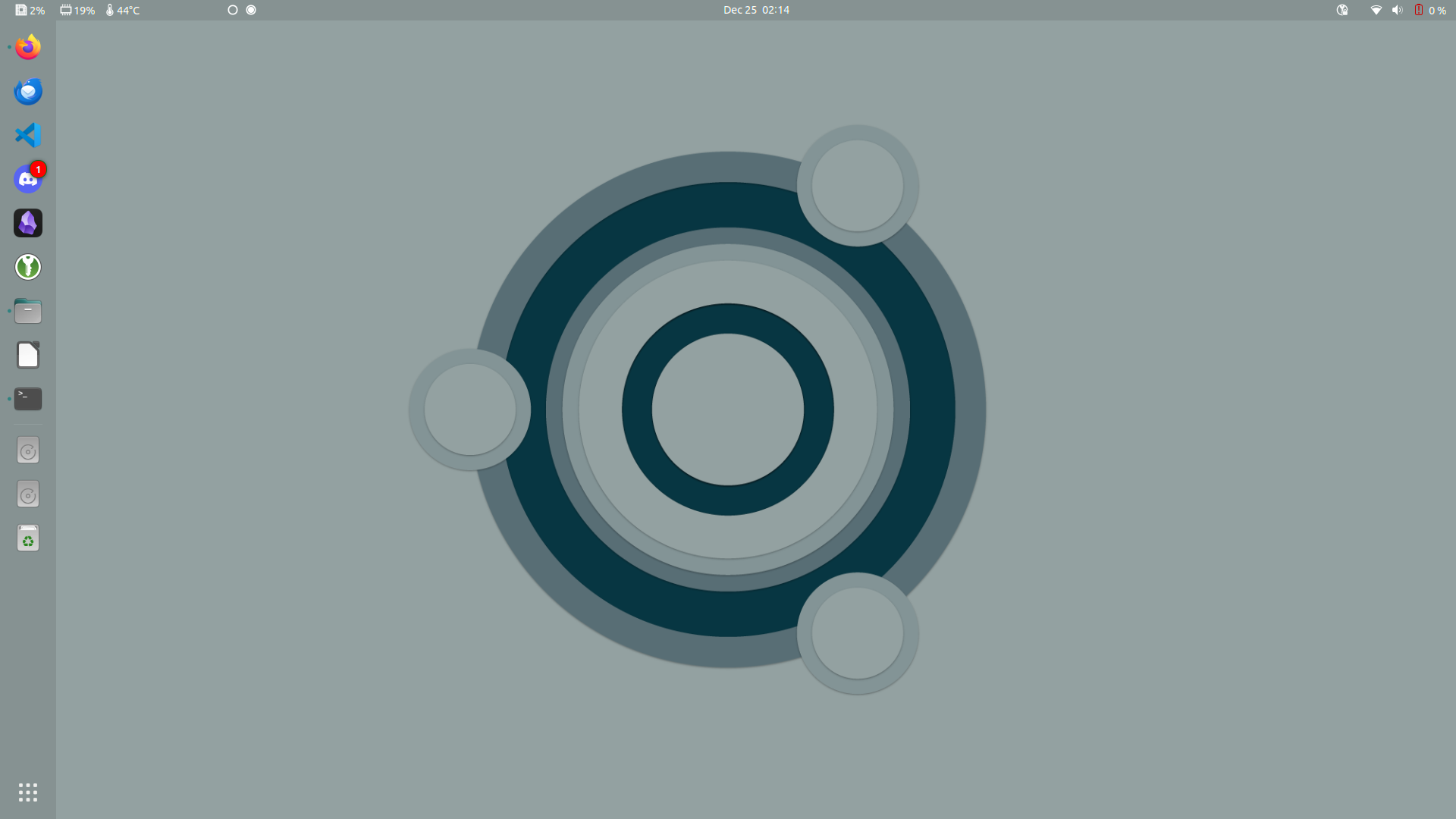I Used Linux for 6 Months, Here Is How It Went
Introduction
For all of my life I have used Windows as my main operating system.
It has a nearly 69% percent market share, native support for nearly any type of software you may need, and has thousands of developers working on the product since its inception in 1985. It is also preinstalled on nearly every consumer desktop. Windows OS has cemented itself as the most popular operating system year after year.
With an operating system so popular, surely it has no flaws or drawbacks, right?
The Problems
Unfortunately, Windows is plagued by many problems that may turn people the other way:
- Lack of User Privacy
- Windows has many forms of telemetry and data collection built in that will send data back to Microsoft. Although many of these features can be disabled, it is a tedious process that doesn’t remove all the forms of monitoring.
- Bloatware and System Degredation
- There are default applications and settings preinstalled in Windows that take up unnecessary space and resources. Additionally, as more processes and tasks are run, disk fragmentation and registry clutter starts to degrate the performance of the system.
- Closed source
- Windows is a proprietary product that cannot be contributed to by the general public. Although this is not inherently an issue as it allows Microsoft to protect their IP and the software they poured millions of dollars into, it results in a heavier reliance on Microsoft to secure and fix their software if there are any issues.
- Lack of customization
- Since Windows is closed source, it is difficult to control every minute detail of the OS to tailor to an individual’s specific needs. Other than the customizations Microsoft allows you to do and other workarounds, there aren’t many ways to tailor your Windows experience.
- It’s. Just. SLOW!!!
- On a typical Windows 10 install with a few background processes, it isn’t out of the ordinary to see RAM usage sitting at around 2 to 3 GB on idle. This makes it difficult to run simple programs with 4 GB or even 8 GB of RAM if you have multiple applications running at once. It also doesn’t help that a lot of websites and programs are bloated with JavaScript and Electron (USE MORE STATIC SITES!!!)
After purchasing a new laptop with 8 GB of RAM and still dealing with slowdowns and unexpected crashes, I decided to switch to Linux
The Distro Dilemma
Linux solves many of the issues listed above:
- There are many Linux distributions with privacy specifically in mind. The default Linux kernel also doesn’t have any form of telemetry being sent to any company.
- You can have as much or as little bloat as you want, if you want to have the most barebones Linux experience with just a command prompt view? That is entirely possible!
- Linux is completely open source and has millions of contributors that report and fix issues along with adding

